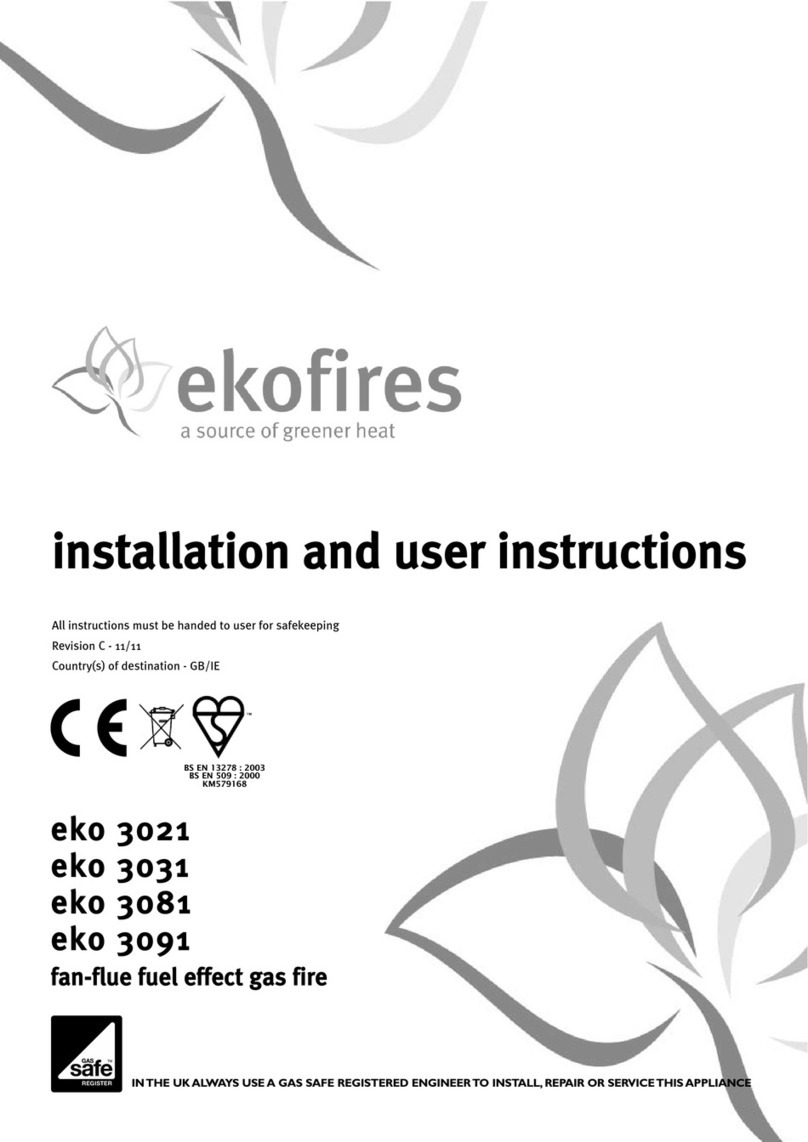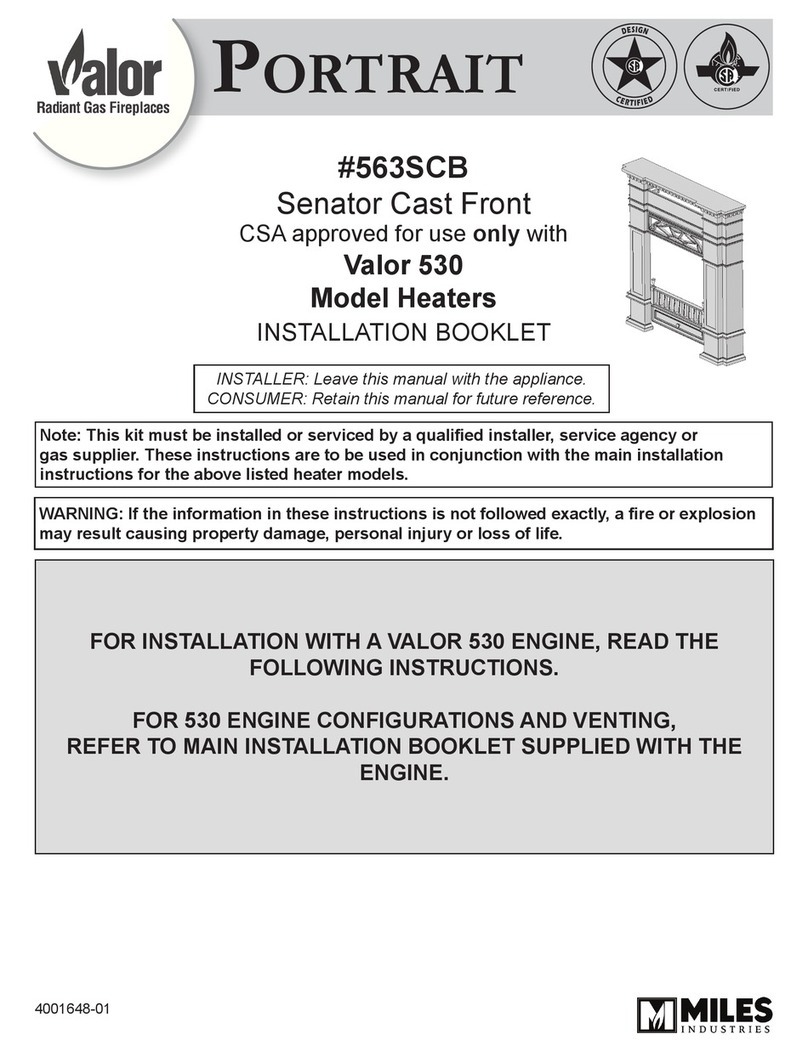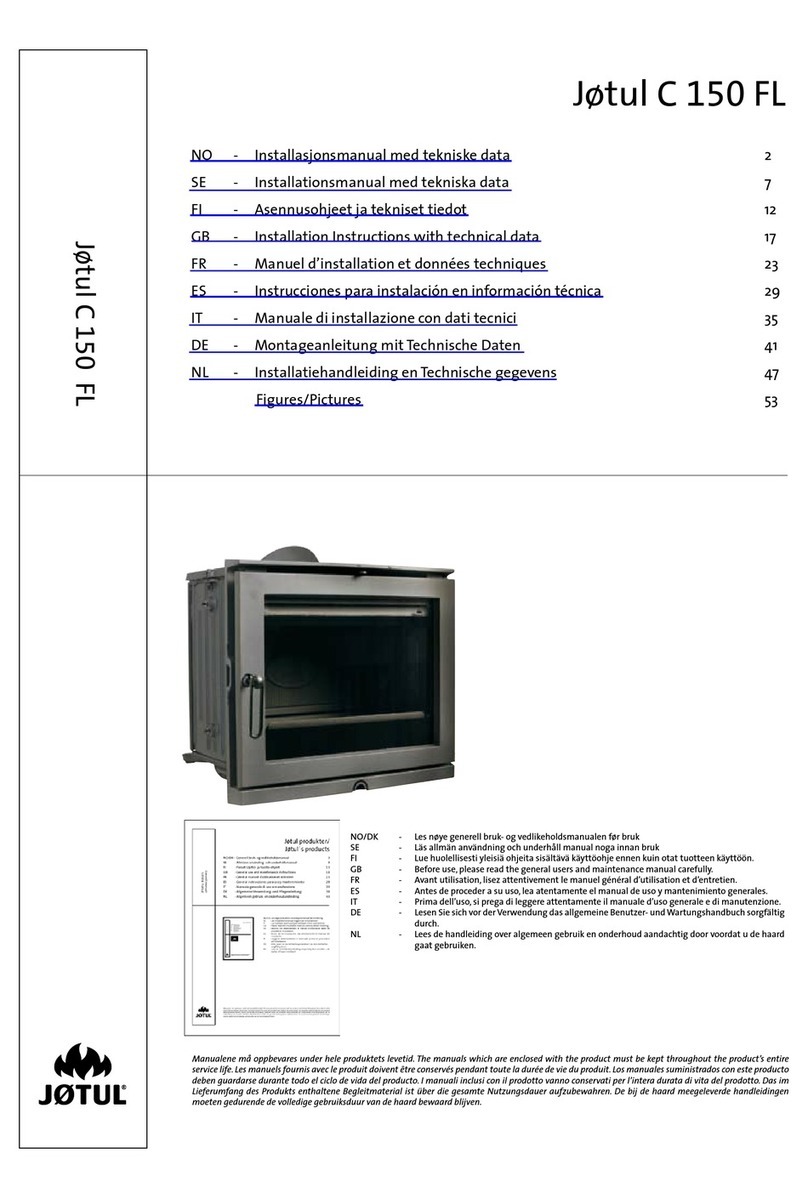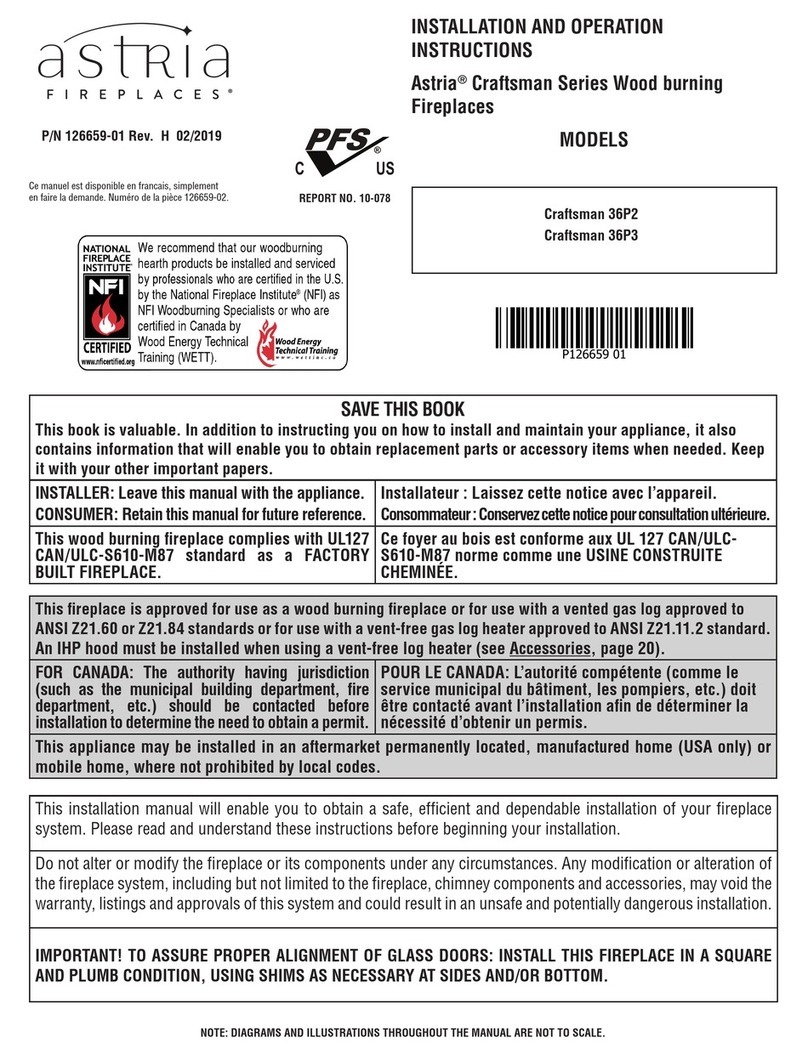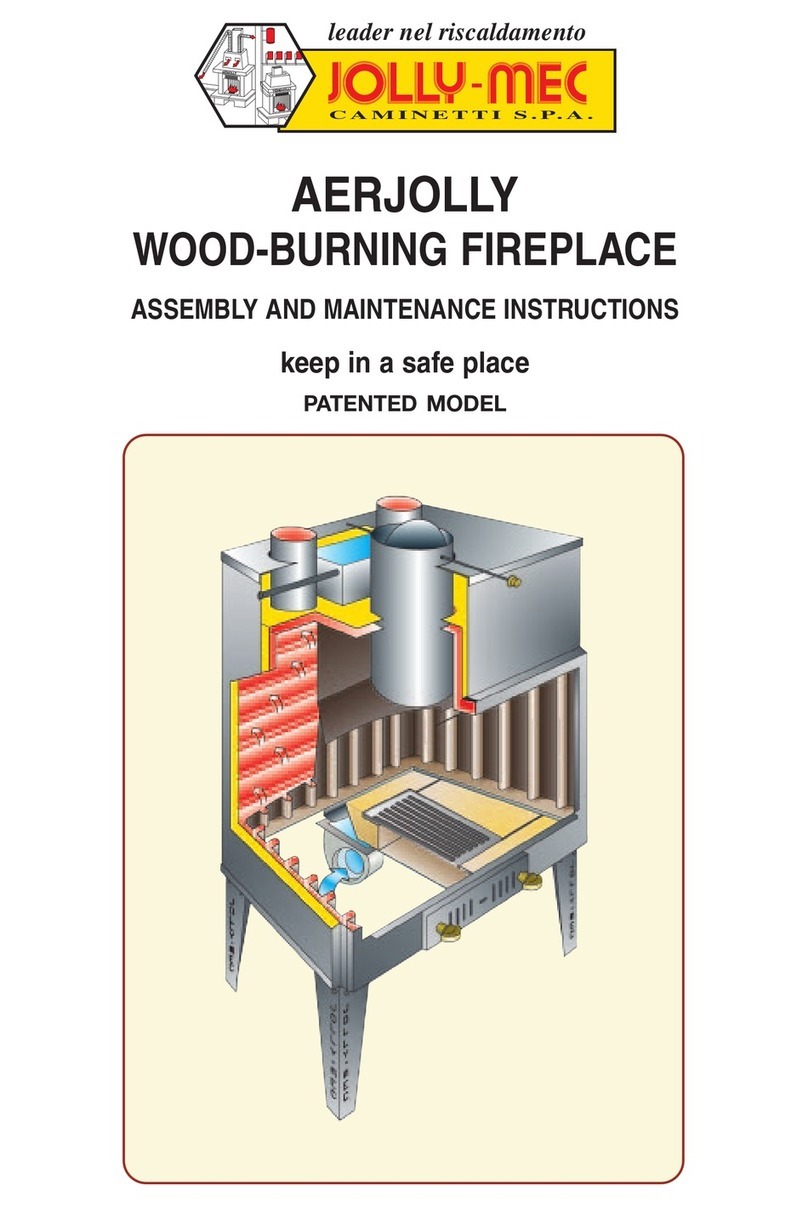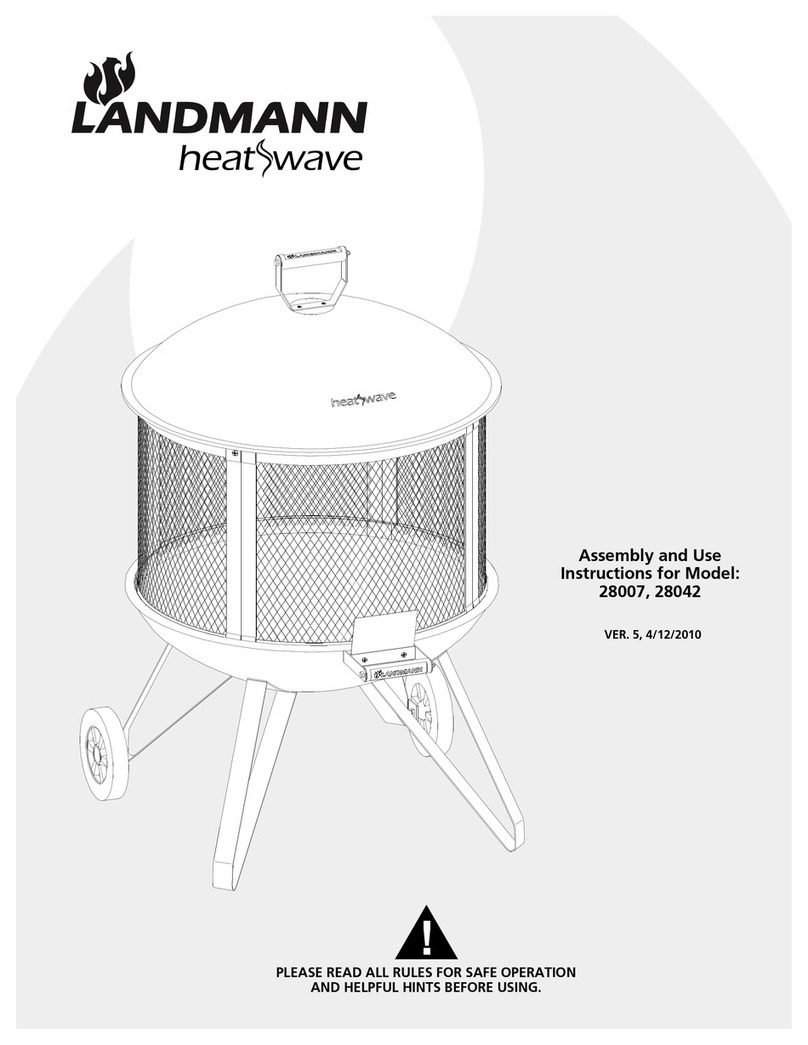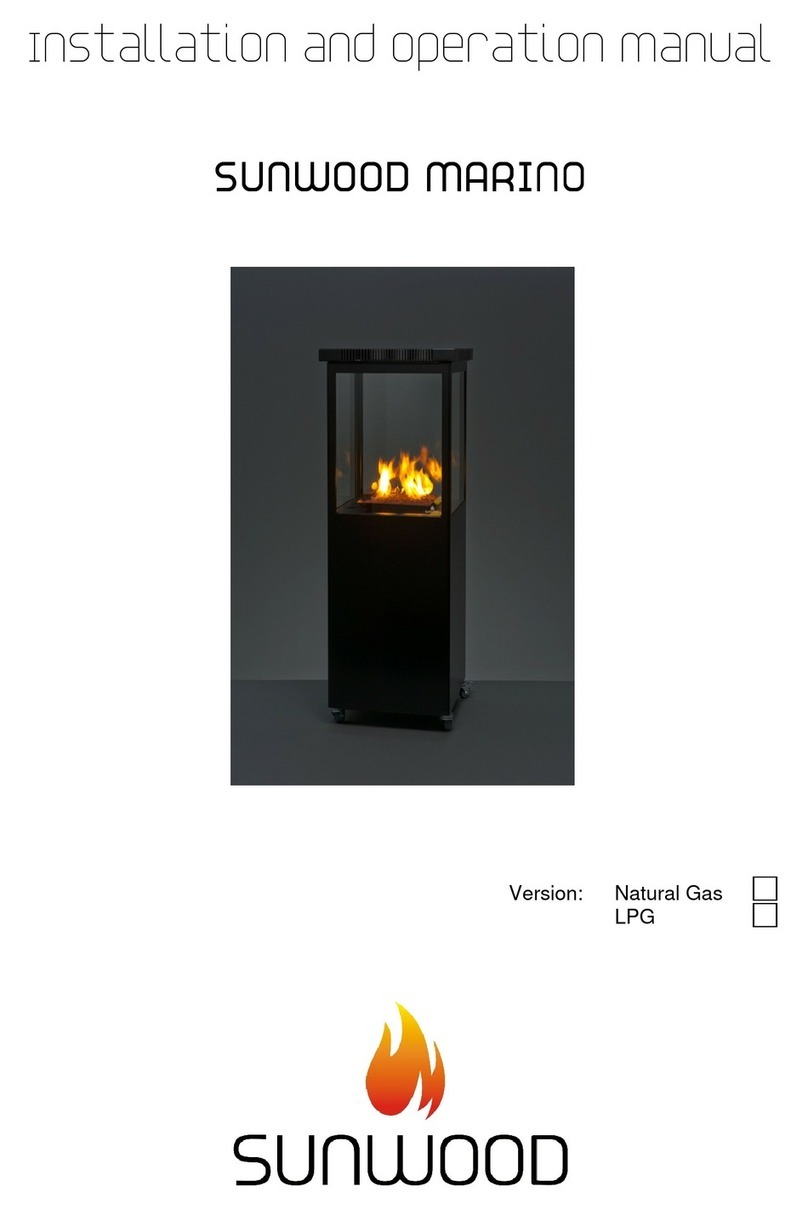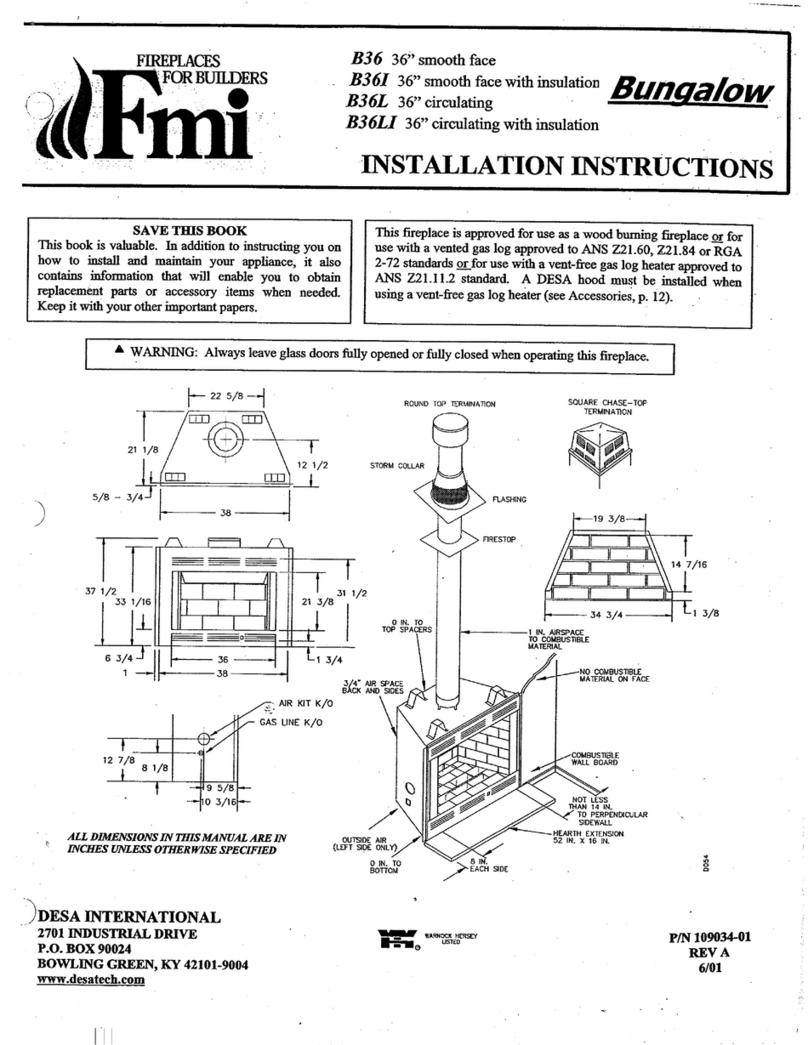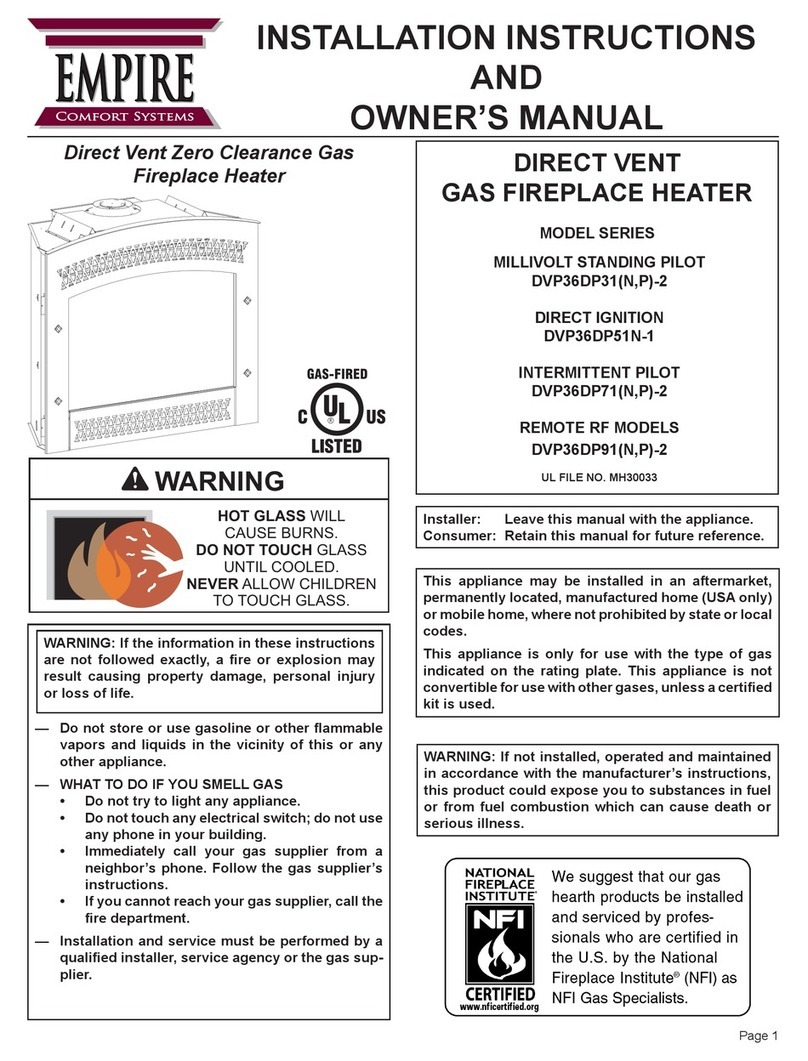PROFIRE PID Tuning Guide
PROFIRE
1.855.776.3473
solutions@profireenergy.com Page 9 of 16
Lower Boundary
The lower boundary for an appropriate PB is based on overshoot. Acceptable overshoot might be 10%
of the setpoint or it might be 0.5% of the setpoint. This will depend entirely on the process and the
application in question.
For the BMS TCV output, the Low Fire Setpoint (LF SP), Pilot Off Setpoint (PO SP) and High Temp ESD (HT
ESD) provide a decent guideline if already configured. If the current PB results in an overshoot past these
setpoints and results in BMS state transitions, it is safe to assume that this overshoot is unacceptable and
the PB is too small.
Sometimes the setpoints are packed tightly together (e.g. –SP = 80, LFSP = 81, POSP = 82) and the rules
are the same here, but the window for acceptable overshoot is much smaller. The only way to prevent a
1°C overshoot under these circumstances may be to select a large PB and crawl up to the setpoint over
several minutes.
Integral Time
The actual “strength” of the integral term is defined by the Integral Time parameter. With a fixed input
and proportional band, it will take one Integral Time period for the integral term to accumulate a value
equal to the proportional term. The lower the Integral Time, the quicker the integral term will accumulate.
Rather than worrying about the actual integral gain, it’s best to set an appropriate Integral Reset Range
(IRR). The main benefit of the integral term comes once the input is oscillating around the setpoint. If the
input is well below its setpoint and the output is railed 100%, then using the integral term will do more
harm than good. Ideally, the integral term should only “activate” when it is needed. This behavior is what
the integral reset feature enables. It allows then integral term to only become enabled when it is time to
eliminate the steady state error.
The IRR is a band that surrounds the setpoint in positive and negative directions. If the input is outside
this band, the integral term is reset to zero and the PI controller acts like a P controller.
Logically, this setting should be slightly larger than the oscillations that result from a P controller. If the
setpoint in 80°C, and the oscillations are +/- 10°C, then 20-30°C might make sense. The important point
here is that the integral term only activates when the system is in a steady state.
Derivative Term
The derivative term allows for a PID controller to predict future error by calculating derivatives of the
error or input.
PF3100 PID controllers take the derivative of the input measurement rather than the error. This is a
standard PID feature which prevents large output swings when the setpoint is changed. When the setpoint
increases, the error term increases instantaneously. If the derivative of the error term was used for the
derivative term, the output would spike in response to the setpoint change, even though the state of the
system didn’t really change.

















